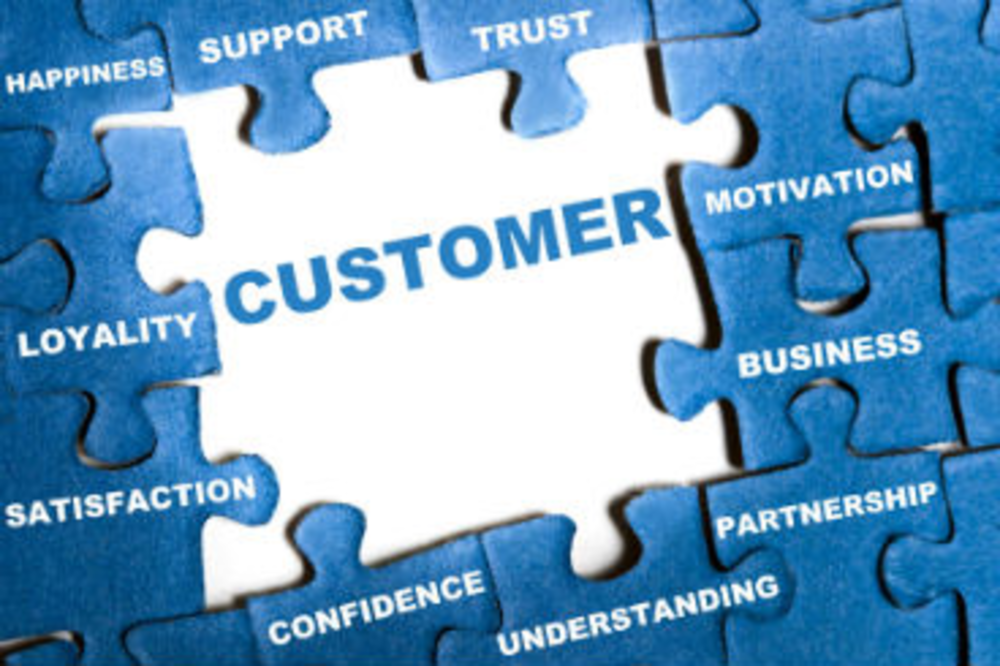Hello direct marketers. I look forward to sharing my thoughts about customer experience (CX) with you in this column. If you’re a marketer, then you need to understand the key elements of CX; it may determine the success or failure of your efforts.
Why CX matters for marketers
The American Marketing Association defines marketing as:
The activity, set of institutions, and processes for creating, communicating, delivering, and exchanging offerings that have value for customers, clients, partners, and society at large.
The connection between marketing and CX is made in one word: value. Marketers can certainly develop offerings and communicate without understanding CX, but they’re unlikely to succeed. If a company’s CX is poor, then a marketer will find it difficult, if not impossible to create value.
Here are a few of the myriad of examples where marketing’s success is tightly connected with and highly reliant on CX:
A landing page for an online marketing campaign is difficult to use; as a result, many good prospects give up. The result: Poor conversion rates cause a failed campaign.
A new offering is being rolled out, but the service organization has not been trained on how to respond to calls from customers. The result: Bad service experience leads to bad word of mouth, which kills the launch.
A branding campaign highlights the “caring” nature of the company, but bonuses for sales staff is completely determined by monthly sales levels. The result: Employees don’t believe the new branding and aggressive sales behaviors make it laughable to customers.
What is customer experience?
To understand the importance of CX, let’s establish some foundational elements. To begin with, here’s my definition of customer experience:
The perception that customers have of their interactions with an organization
The key word in the definition is perception. Simply put, experiences are totally in the eyes of the beholder. The same exact experience can be good for one person and bad for another. As a matter of fact, it can be good for someone at one point in time and then bad for that same person at another point in time. Another way to think about it is that “experiences designed for everyone satisfy no one.”
So what is an experience? All customer experiences comprise three components: functional, accessible, and emotional. Organizations need to understand all three of these areas to fully understand how their customers perceive an experience.
Another key definition is for customer experience management (CEM), which I define as:
The discipline of increasing loyalty by exceeding customers’ needs and expectations
There are three key elements to the CEM definition:
Discipline. CEM is not about creating slogans like “this is the year of the customer.” It needs to be a set of ongoing activities like a well-established voice of the customer program.
Increasing loyalty. CEM is not about an altruistic belief that customers should be treated better. It needs to be linked to more profitable (or strategically improved) long-term behaviors of customers.
Customers’ needs and expectations. CEM is not about technology deployments or internal milestones. It needs to be calibrated from the perspective of target customers.
The current state of CX
Customer experience is an important topic in many companies. In recent Temkin Group research, we found that nearly six out of 10 large organizations have ambitions to deliver the best customer experience in their industry.
With all of this enthusiasm around customer experience, one might think that companies are doing a great job. In the 2012 Temkin Experience Ratings, we examined the customer experience of 206 companies across 18 industries. Only nine of the companies received “excellent” ratings:
- Sam’s Club
- Publix
- Starbucks
- Subway
- Chick-fil-A
- Aldi
- Winn-Dixie
- H.E.B.
- Credit unions
The overall industry results provide a clear picture of the state of customer experience. Only three industries have “good” average scores: grocery chains, fast food chains, and retailers. At the other end of the spectrum, health plans, Internet service providers, TV service providers, and computer makers received an overall “poor” rating.
The bottom line: Marketing’s success is highly dependent on CX.
| Bruce Temkin, managing partner and customer experience transformist at Temkin Group, a customer experience research and consulting company. He is widely viewed as a leading expert in customer experience. |







